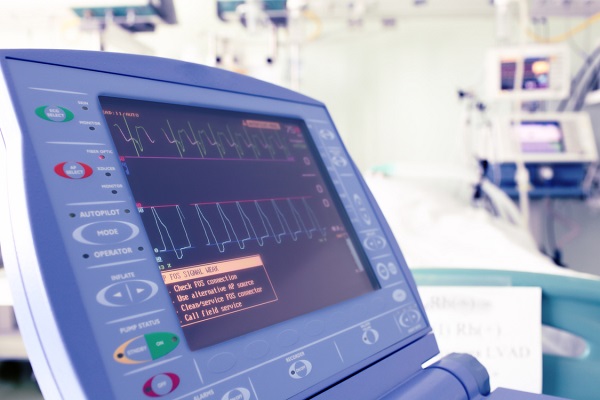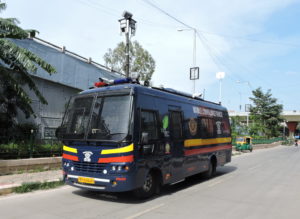Fetal-maternal Monitoring Device
Introduction
This case study showcases Mistral’s expertise in providing product design services for non-invasive medical devices. Mistral was approached by a leading original device manufacturer (ODM) in the US specializing in design and development of products related to patient monitoring. Mistral’s concept-to-deployment services helped in realizing the customer’s idea for fetal-maternal monitoring device and help bring it quickly-to-market.
The Customer
The customer is a technology leader providing highly-integrated signal acquisition and signal processing data management products for electrophysiological medical devices.
The Requirement
The requirement was to design a non-invasive medical device for fetal-maternal monitoring and also to develop an application to display the processed data on a tablet or a PC.
Solution Provided
Mistral was involved in developing the hardware solution, integrating the signal processing algorithms into the framework, and the host GUI application. The non-invasive medical device developed for this application consisted of the following hardware modules:
- Analog Interface card supporting 32-channel of analog input data (human electrophysiological data collected through electrodes)
- DSP based Bio-Medical Board
- Programmable Control Module comprising of OMAPL138 and the CPLD for the analog card interface.
The device is designed to function in two variants; one with data processing being done by the DSP based Bio-Medical Board and another variant with data processing being done on the Control Module.
The device processes the raw analog input, converts it to digital data and applies ECG algorithms for extracting maternal and fetal data and metrics such as ECG, maternal and fetal heart rates and ST analysis. The device interfaces with the host PC via USB. The host GUI application receives the processed data from the device and presents it in a graphical format while providing patient alarms and electronic patient records.
The GUI application is designed to work in a normal Windows 7 host PC, as well as touch-based handheld versions of the OS. The generic framework provided by the application enables it to be seamlessly used on an Intel i7- based Windows 7 tablet computer.





